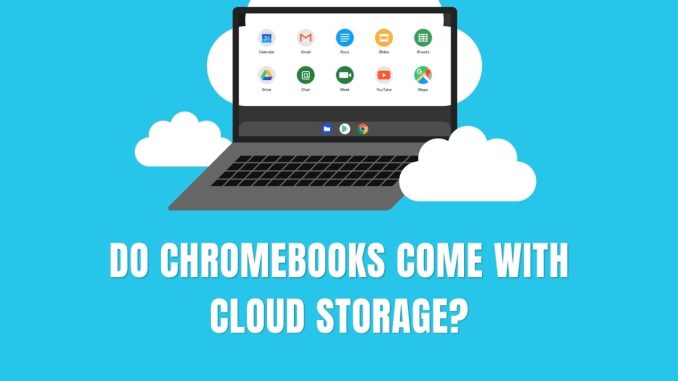
Chromebooks are revolutionizing the computer industry. Despite the intense demand for high-quality tablets like the iPad and traditional laptops like the MacBook, they have managed to carve out a niche for themselves in the portable computing sector. These devices are in high demand right now, with many people choosing Chrome OS laptops over less expensive Windows laptops.
Traditional computers are no longer absolutely necessary. For casual users, phones and tablets are frequently more than adequate. Larger screens and a proper keyboard are provided by Chrome OS computers, which also maintain the experience’s portability and lightness.
When looking for a new computer, you may be accustomed to selecting between Windows and Apple’s macOS, but Chromebooks have provided a third option since 2011. Describe the Chromebook. Windows or macOS are not supported by these computers’ operating systems.
Portable computers running Chrome OS, or “Chromebooks,” are made to run workflows that are typically performed in a web browser. Although they have a ton of app support, they are not designed for demanding workloads. As a general rule, you can complete the task on a Chrome OS computer if it primarily requires a web browser. A Chromebook might not be the best option when dealing with complex workflows that call for particular apps.
What distinguishes a Chromebook from a laptop?
Chromebooks and laptops are very similar in terms of hardware. They are compact, mobile computers that share the same fundamental hardware and layout as laptops. Some of them also have tablet and 2-in-1 laptop characteristics. The Chrome OS operating system is a significant improvement over Windows on traditional laptops and macOS on MacBooks.
The built-in storage is one of the main hardware variations. Most Chrome OS laptops have a small amount of internal storage because Chrome OS is relatively light and the majority of the apps are actually web apps. However, the majority of Chrome OS users don’t require a lot of storage, and if they do, external storage devices like external HDDs or SSDs are always an option. Some of these Chrome OS laptops come with an SD card slot as well. Not to mention how heavily Chrome OS depends on cloud storage.
Five features of Chromebook storage
Chromebooks are designed and marketed with the expectation that you will store the majority of your files in the cloud. Files on a Chromebook are probably kept on Google Drive. On Google Play, music is probably played. Google Photos is probably where people view photos.
Chromebooks are simple to use and affordable to purchase due to their web-centric design, but they do have some local storage. A Chromebook typically comes with a 16GB or 32GB solid-state drive, but ChromeOS views this local storage as a cache and has the ability to delete older files to make room for new ones.
My Chromebook’s SSD is useful as a temporary storage location for downloaded files, but I wouldn’t keep the only copies of special photos there. Finding local storage on a Chromebook is more difficult than finding your C: drive because local storage is deemphasized on Chromebooks.
This article will show you how to access the local storage on your Chromebook, determine how much free space is left, and save, delete, and move files.
What is the price of a Chromebook?
Chromebooks start at around $150–200 and can cost well over $1,000 if you want one of the more expensive models. Typically, they are less expensive than Windows laptops with equivalent specifications. There are numerous Chrome OS laptops priced under $200, as well as some decent models priced under $300. Under $500 is typically where these machines offer the best value because you get a good balance of features for the money.
A top-tier Chrome OS laptop will cost a pretty penny for those with higher-end needs. These are often well over $1,000. There are many other options available at that price point, many of which include a full desktop OS. Visit the link below for some fantastic alternatives.
Is a Chromebook good for college?
Chromebooks are excellent for use in the classroom. There may be some college workflows that demand the use of desktop applications that are not supported by Chrome OS. For College workflows, on the other hand, that depend on simple tasks like web browsing, documents, presentations, video conferencing, and so forth, a Chrome OS device should work just fine.
What Chromebook model should you buy?
- Dell Chromebooks
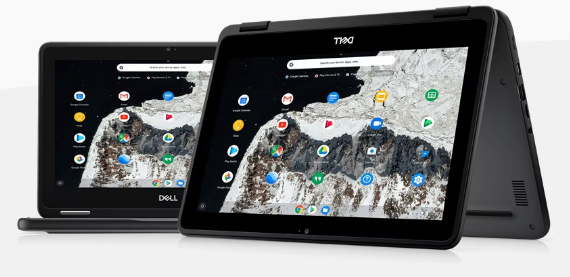
The Chromebook options from Dell are accessible across a few of its laptop lines. The Chromebook 11 lineup is available for home use, while the Latitude line of business computers has a large selection, with the most expensive models coming with Enterprise features. Dell doesn’t offer any detachable models, and its convertible models only have a 2-in-1 tag added; they don’t have a separate label.
- Samsung Chromebooks
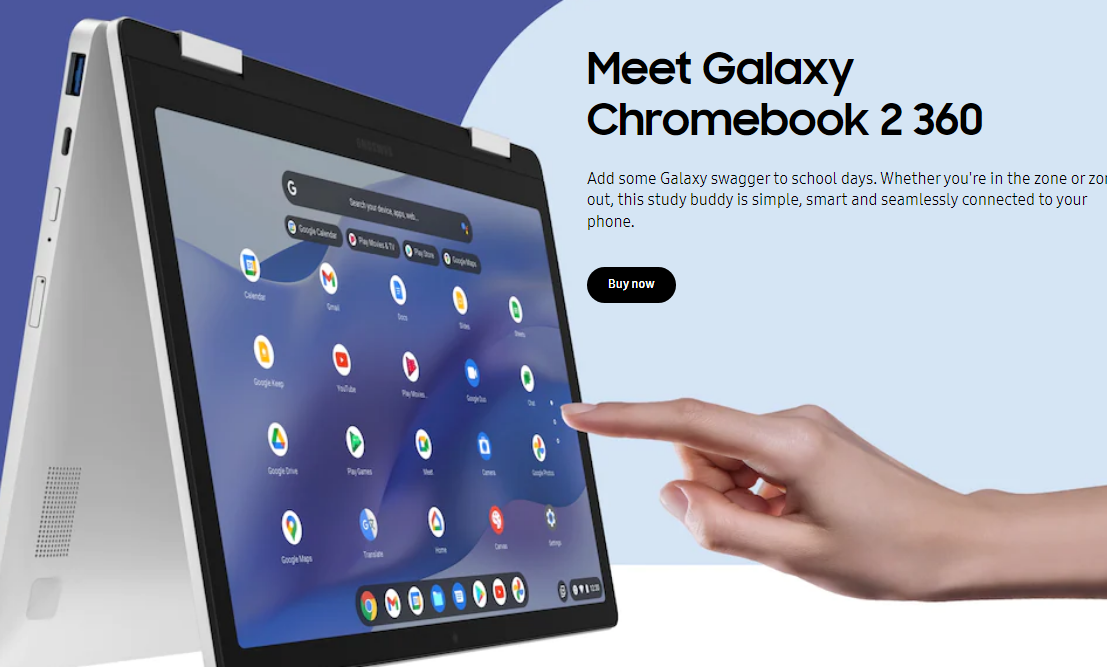
Another company that maintains a modest Chrome OS portfolio is Samsung. Only five options total, divided into five categories. The Galaxy Chromebook belongs to the Premium category, while the Galaxy Chromebook 2, which has slightly less impressive specs, belongs to the Everyday category. There is currently the Galaxy Chromebook 2 360 as well. The Galaxy Chromebook Go belongs to the Traveler category, while the Chromebook Plus, a 2-in-1, and the Chromebook 4/4 Plus, which are standard, reasonably priced computers, belong to the Student category. There isn’t a detachable model from Samsung.
- Acer Chromebooks
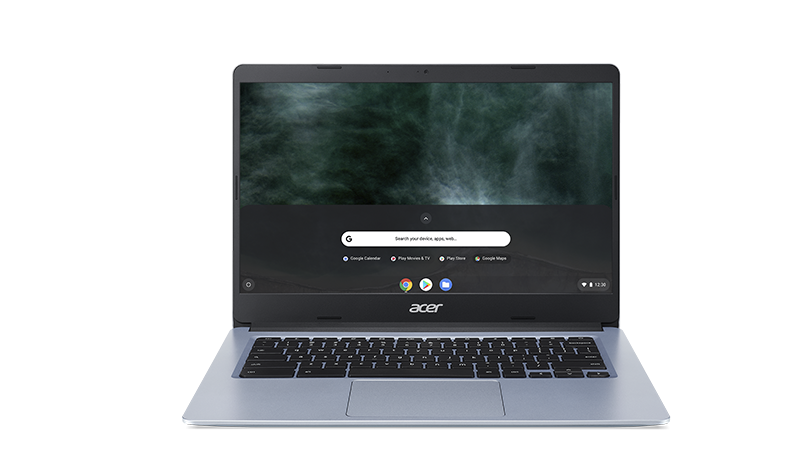
Acer also sells a good number of Chromebooks. Although it lacks clearly defined lineups, it does have a few series labels that you can use to determine the particular Acer Chrome OS laptop’s class. The cost-effective options are also available in the basic series. Acer uses the Spin demarcation for its 2-in-1 designs, and the more expensive Enterprise range has the highest-end premium products. Spin variations are also available for the Enterprise line.
- Asus Chromebooks
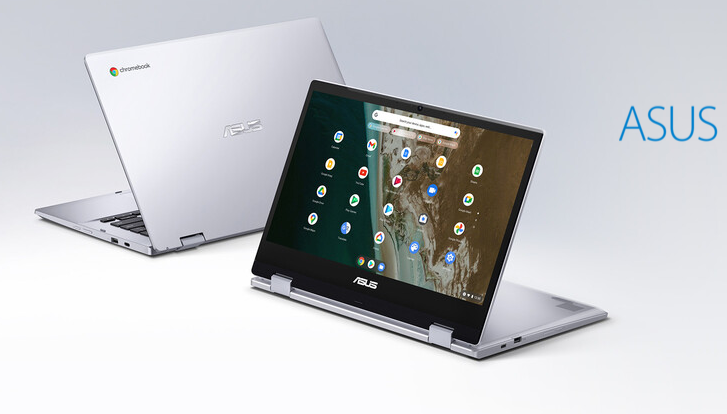
One of the most well-known manufacturers of computers, Asus also has a significant presence in the Chromebook market. The company offers three main lineups. The Flip lineup features two-in-one designs with premium build and features, while the basic lineup offers more reasonably priced choices. If you prefer a tablet form factor with the ability to attach a keyboard, Asus also has a Chromebook Detachable lineup.
- Google Chromebooks
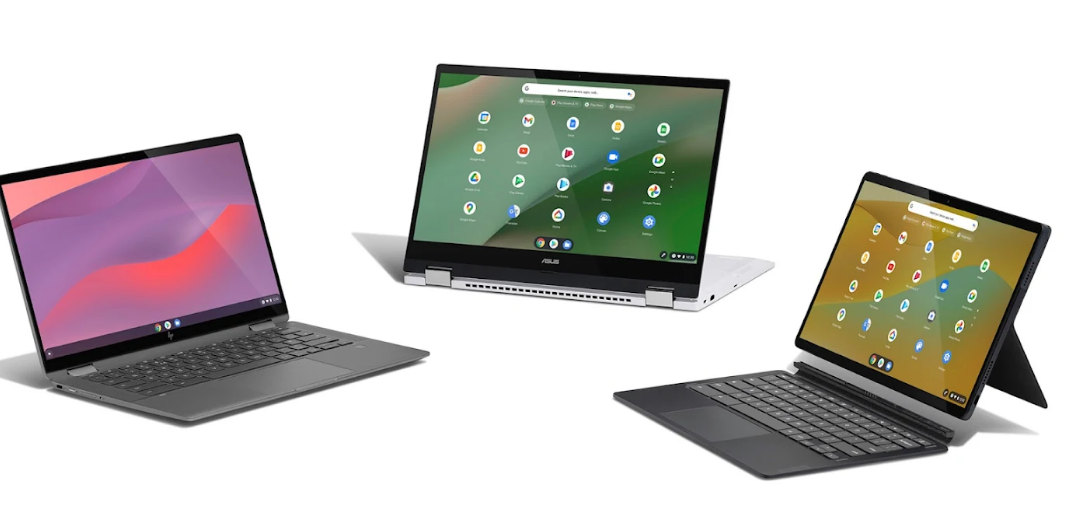
The Pixelbook line of Chromebooks is what Google offers, and it is to Chrome OS what the Pixel phones are to Android. You have a fantastic experience because Google is using these devices to showcase how Chrome OS should work. Google offers three lineups: the premium and priciest Pixelbook lineup, the more cost-effective Pixelbook Go lineup, and the Pixel Slate lineup. However, the Pixelbook and Pixel Slate are no longer available.
Conclusion
Chromebooks are laptops that are cloud-based. Instead of installing Windows on a Chrome OS laptop, you can run Linux and Android apps on that device to get your work done more effectively. Furthermore, there are methods for using Windows applications on these Chrome OS laptops.